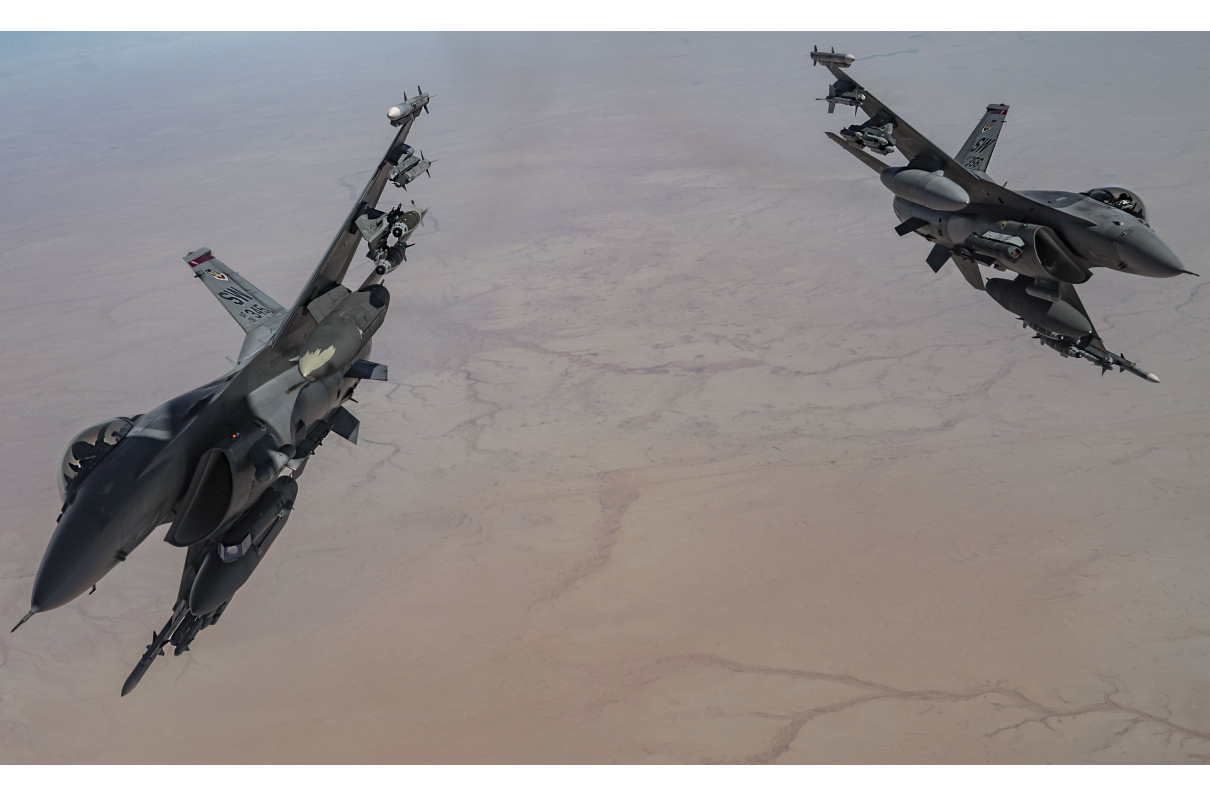Editor’s note: This article by Oriana Pawlyk originally appeared on Military.com, a leading source of news for the military and veteran community.
The U.S. Air Force has pulled the plug on a program that allowed retired pilots to come back to service.
The service quietly canceled its Voluntary Retired Return to Active Duty Program, or VRRAD, program back in December, spokeswoman Ann Stefanek confirmed to Military.com. The service began the program in 2017 in an effort to fill flight staff positions with those who had prior pilot experience and expertise, thus allowing more active-duty pilots to focus on training and missions.
Over the course of its roughly three-year duration, the VRRAD program received 326 applications, and 120 pilots were approved to return, Stefanek said.
Of those 120 officers, 99 are still serving, added Maj. Holly Hess, another spokeswoman.
Thirteen pilots will conclude their duty this fiscal year, and 51 more will complete their required tour by fiscal 2022, Hess said. Twenty-four will finish out their tour in fiscal 2023, and the remaining 11 in fiscal 2024, according to statistics provided to Military.com.
"Officers previously approved to serve a specified tour length under the VRRAD program were not impacted or dismissed early," Stefanek said in an email. "These officers were permitted to serve their approved tour length. The Air Force is simply not accepting additional applications at this time."
[TRANSITION ADVICE AND MORE: MOAA's Webinar Archive]
VRRAD was open to pilots under the age of 60 who retired between 2012 and 2017 at the rank of captain, major or lieutenant colonel. Applicants also had to pass a flying Class II physical and had to have either served in a position within the past 10 years or been qualified in an Air Force aircraft within five years of applying.
The Air Force said it selected qualified candidates on a first-come, first-serve basis. The returning retirees were not eligible for aviation bonuses.
Last year the Air Force saw record retention rates -- the highest in two decades. Lt. Gen. Brian Kelly, deputy chief of staff for manpower, personnel and services, attributed retention gains in part to economic downturn due to the coronavirus pandemic.
As a result, the Air Force moved airmen out of some "overmanned" career fields and expanded voluntary force management programs in an effort to transfer some airmen into the Reserve.
But the pilot shortage continues.
While the Air Force is developing tailored programs aimed at streamlining training for incoming pilots through virtual reality and simulation, it's also looking to outsource training to private industry in an effort to churn out 1,500 new pilots a year.
[RELATED: Former Top DoD Acquisition Official Tapped as Next Air Force Secretary]
The Air Force fell short of that production goal -- first set in 2018 -- in fiscal 2020, producing 1,263 pilots.
In fiscal 2020, the Air Force came up 1,925 pilots short of the roughly 21,000 it needs overall, spokeswoman Lt. Col. Malinda Singleton told Military.com in March.
The service could not provide specifics about which aviation communities within the Air Force faced the most pressing gaps.
The service first acknowledged a pilot shortfall in 2016, ending the year 1,555 pilots shy of its target. The gap then grew to a whopping 2,000 pilots in fiscal 2017, the same year it introduced programs like VRRAD.
The pilot shortage totaled 1,937 at the end of fiscal 2018, 2,100 the following year.
Jump-Start Your Career
Gain access to all of MOAA’s career tools available for you and your spouse.
